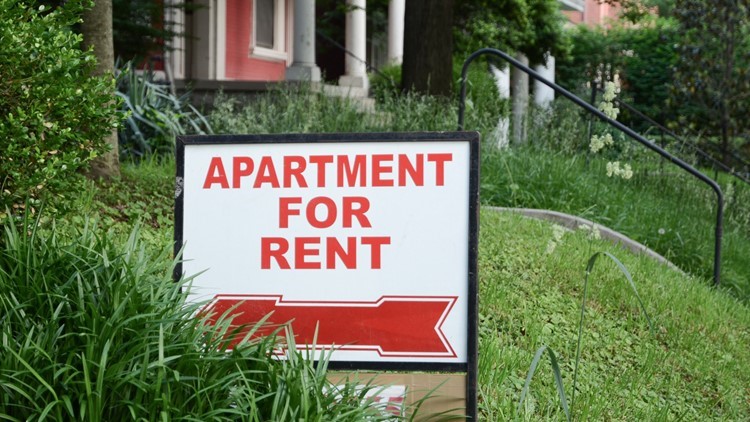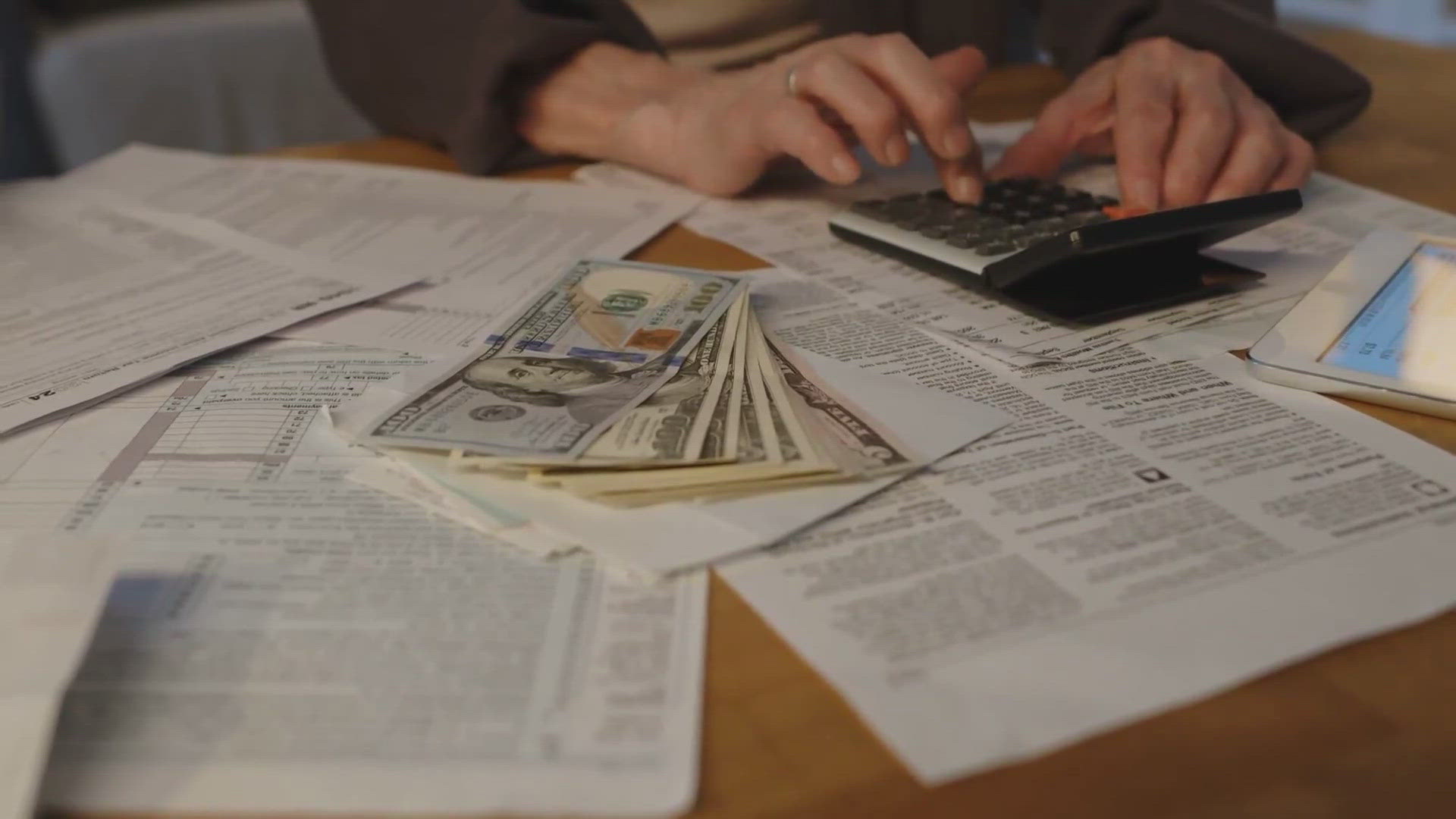CALIFORNIA, USA — Just a year ago, CJ Paillant lived in a brand new apartment complex in Oakland’s Jack London Square with a rooftop terrace, a game lounge and a pool with a hot tub that he and a friend rented for nearly $5,400 a month.
But Paillant, a product manager for a Silicon Valley software company, lost his job early on in the pandemic. So did his roommate. Together, they now owe $43,804.72 in rent.
“I got stuck in my luxury apartment,” said Paillant, who stayed to avoid a fee for breaking his lease but has since moved to West Oakland. He hopes to negotiate a repayment plan with his former landlords, but Paillant knows he isn’t getting his former life back anytime soon. “Now I’ve got to raise this money. My life feels like a movie.”
More than one in seven California renters were behind on their rent payments at the end of last month, according to Census Bureau surveys. And even with a statewide eviction moratorium and federal and state rental relief, some formerly well-paid renters like Paillant have accumulated a level of debt they’re not sure how they’ll ever get out of. Experts say California’s relief law — SB 91 — does little to overcome renters’ uncertainty, leaving them unsure exactly how much they will owe when protections, which are set to expire July 1, end.
“The ball’s in the court of the landlord,” said Christopher Gil, associate director of marketing at the San Francisco-based Mission Economic Development Agency, which offers housing and financial services to low-income Latino workers.
READ MORE:
Under Gov. Gavin Newsom’s $2.6 billion rental relief proposal, the state would pay up to 80% of low-income tenants’ unpaid rent — but only if their landlords agree not to evict them and waive the remaining 20%. Landlords who refuse the deal would receive just 25% of their tenants’ owed rent from the state.
Renters would have to pay the rest, though it’s not clear how long they will have to repay their debt. Only tenants who made under 80% of their area median income in 2020 are eligible for relief. Paillant wouldn’t have qualified when he was working. Now that he’s getting by on unemployment, he probably will.
Paillant lost his job in March and started receiving $450 a week in pandemic unemployment assistance. He used his savings to pay rent from April to June but as the months wore on, he tried to get his landlords to lower his rent. He paid just $600 of his share of rent in July and again in August.
He started working to create a tenants’ union with more than 60 others at Fourth Street East, the seven-floor building where he lived. The group sent letters to the landlord, San Francisco real estate firm Carmel Partners, asking for a rent reduction for the duration of the pandemic state of emergency. The owners, he said, declined.
Instead, Greystar, the management company contracted by Carmel Partners, in September proposed cutting the fee Paillant and his roommate would pay for breaking their lease, reducing it from $21,508 to $8,745. But Paillant, still hoping the owners would agree to lower the rent, said he couldn’t pay that either. So he stayed and acknowledges that, without a job, he paid no rent for nearly five months. That added roughly $23,000 more to their cumulative debt.
Greystar and Carmel Partners did not respond to requests for comment. Under the state’s initial eviction protections, tenants like Paillant were supposed to pay 25% of their rent owed since September by Jan. 31. That date has been extended to June 30.
READ MORE:
“It’s interesting now to see what I could have or should have done better,” said Paillant, reflecting on whether he should have taken the deal to let him out of his lease for less. “My brain was running at 200 miles an hour. I was navigating the unknown.”
When his lease ended this month, Paillant moved with his partner to West Oakland where they were able to negotiate paying just half of the nearly $9,000 security deposit. The landlord agreed to let them pay the other half over time. So far, Paillant said, he and his partner have been able to pay only about 25% of their new rent. So he’s accumulating more debt on top of what he may owe his former landlord come July, when statewide protections are set to end.
“At that point you’re pretty much in too deep,” said Paillant, who added that he has consulted with a bankruptcy lawyer.
Though he hopes to qualify for rental relief, he doubts his former landlord at Fourth Street East will waive 20% of his owed rent. If he’s right, Paillant and his former roommate will have to pay 75% of their debt, or $32,853.
Paillant, who has started an online business helping Black-owned small businesses go digital, said his former landlords told him they were open to negotiating a repayment plan. “But of course, they can always change their mind,” Paillant said. “That’s the scary part.”
This article is part of the California Divide, a collaboration among newsrooms examining income inequality and economic survival in California.



